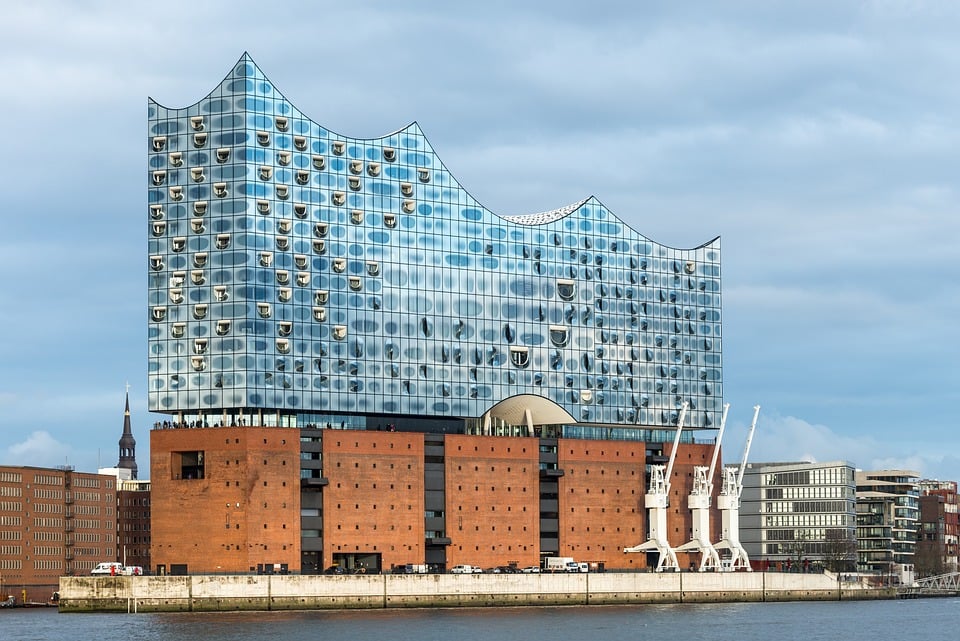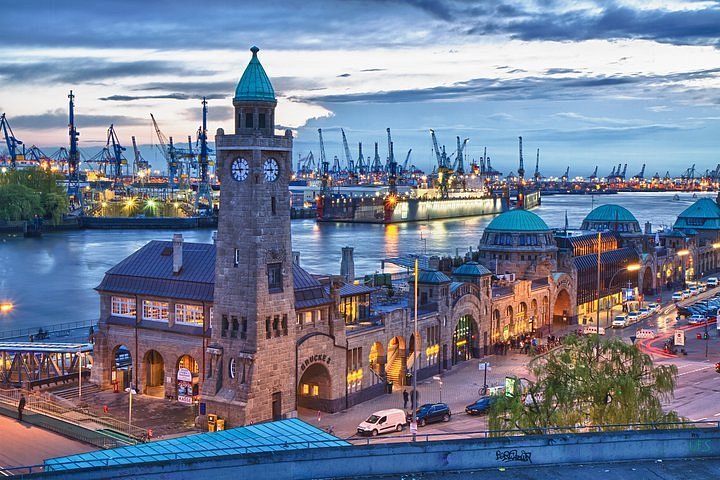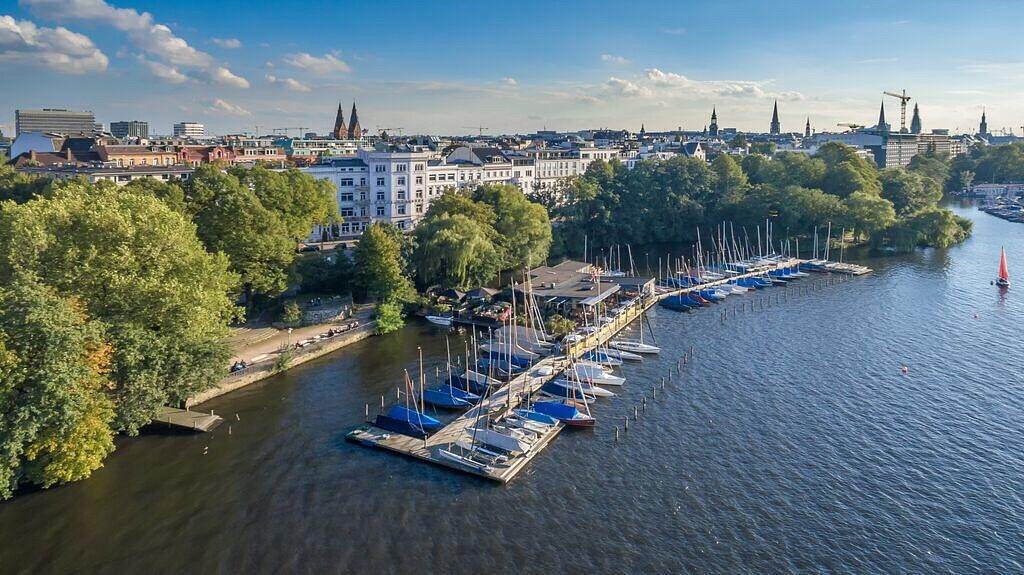Quick Bits:
Hamburg is Germany’s maritime heart, known for its rich history, vibrant culture, and an expansive network of canals and parks. Positioned as Europe’s second-largest port city, Hamburg blends tradition and modernity in a way that charms visitors and locals alike. With iconic sites like the Elbphilharmonie, the Miniatur Wunderland, and the historic Speicherstadt district, Hamburg offers something for every traveler.
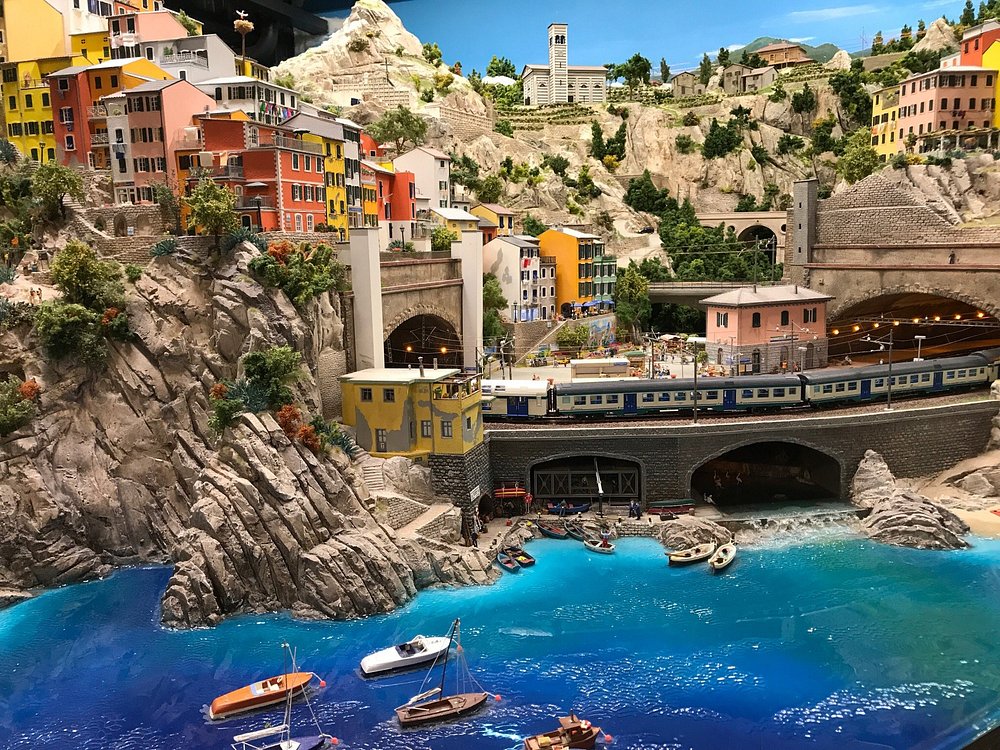
Key Highlights
- Location: Northern Germany
- Top Attractions: Elbphilharmonie, Miniatur Wunderland, Speicherstadt, St. Michael’s Church
- Famous For: Canals, historic port, rich cultural scene
- Climate: Maritime, with mild winters and cool summers
- Best Time to Visit: May to September for the warmest and most pleasant weather
General Information
Hamburg, officially known as the Free and Hanseatic City of Hamburg, is Germany’s second-largest city. Often called the “Gateway to the World,” Hamburg has a significant role in global commerce due to its strategic port location. The city’s history is rooted in trade and maritime activity, with its port dating back to the 12th century. Today, Hamburg is a thriving metropolis renowned for its cultural attractions, green spaces, and architectural landmarks.
Hamburg is a mix of old and new, where historic districts meet modern marvels. Its music and arts scene is well-known, and many consider it a rival to Berlin’s cultural depth. The city is also famous for its festivals, outdoor activities, and maritime heritage.
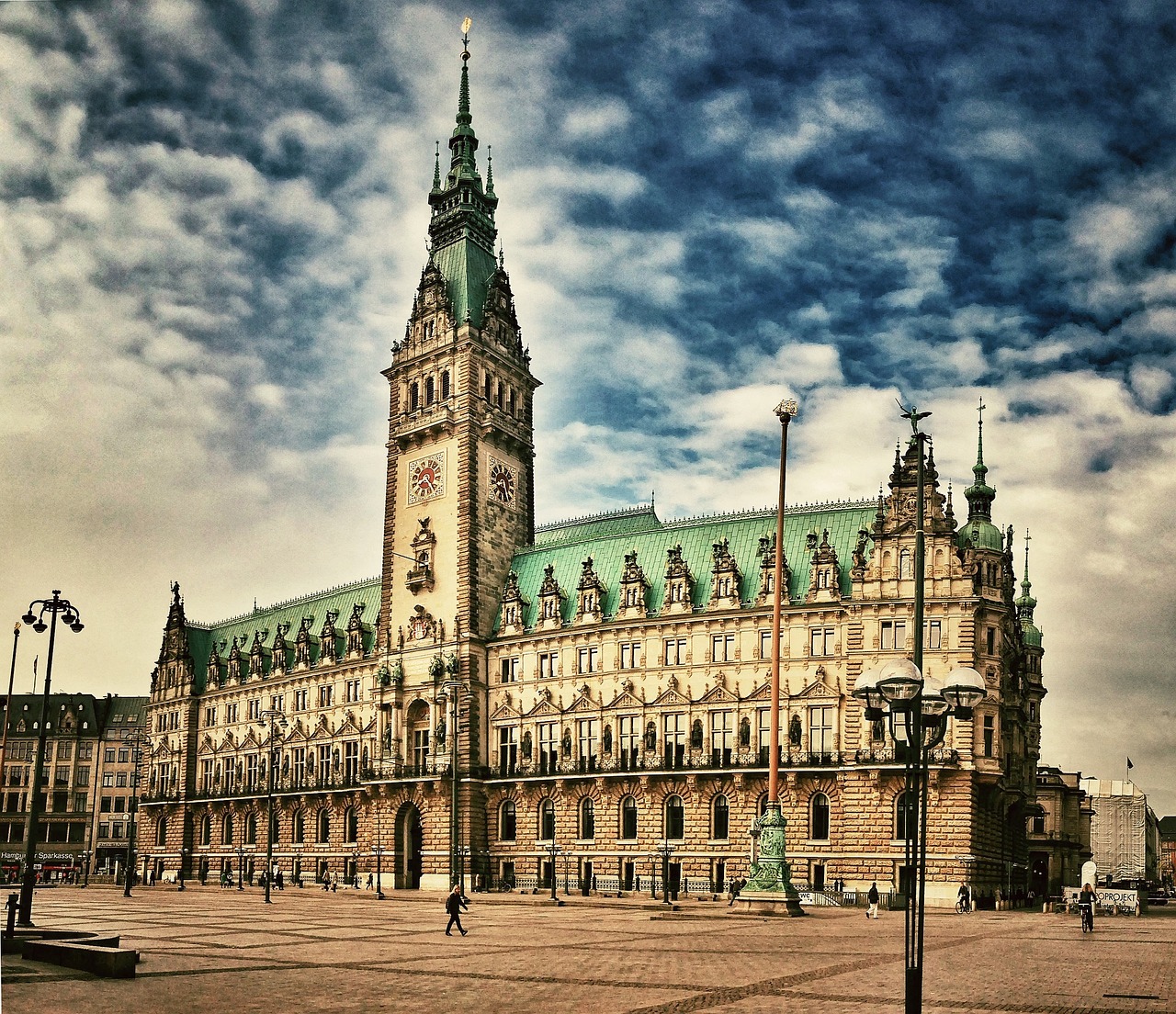
Geography Information
Located on the Elbe River, around 110 kilometers from the North Sea, Hamburg has a unique geographical landscape characterized by waterways, canals, and numerous bridges. In fact, Hamburg has more bridges than Venice and Amsterdam combined. The Elbe River divides the city, creating an urban setting where water is an integral part of life.
Hamburg’s diverse neighborhoods each have their own character. From the historic Speicherstadt, a UNESCO World Heritage Site filled with old warehouses, to St. Pauli’s lively nightlife scene, the city’s geography supports a range of experiences. The port, located on the River Elbe, stretches over 7,200 hectares and is one of the largest ports in Europe. This harbor defines Hamburg’s status as a vital link between Europe and the world.
Places to Visit
Hamburg offers a variety of attractions for history buffs, nature lovers, and adventure seekers. Here are some of the must-visit places:
-
Elbphilharmonie: This architectural marvel sits on the banks of the Elbe and has quickly become a symbol of Hamburg. Its striking glass facade and unique wave-like design make it a sight to behold. It hosts a range of concerts and events.
-
Miniatur Wunderland: Known as the largest model railway in the world, Miniatur Wunderland captivates visitors with its intricate miniatures of famous cities and landscapes. It’s a family-friendly attraction that also entertains adults with its detailed craftsmanship.
-
Speicherstadt and Kontorhaus District: As the world’s largest warehouse district, Speicherstadt is steeped in history. Its red-brick buildings, canals, and bridges create a visually stunning landscape. The neighboring Kontorhaus District is also worth a visit for its expressionist architecture.
-
St. Michael’s Church (Michel): One of Hamburg’s most iconic churches, the Michel offers panoramic views of the city from its tower. The church itself is a blend of Baroque and Rococo styles and is a major landmark in Hamburg’s skyline.
-
Planten un Blomen Park: This sprawling green space is ideal for a relaxing day outdoors. With botanical gardens, lakes, and water light shows in summer, Planten un Blomen is a retreat in the heart of the city.
-
Fish Market (Fischmarkt): Held every Sunday morning, the Fish Market is a lively place where locals and tourists gather to buy fresh seafood, flowers, and souvenirs. The market’s atmosphere is enhanced by live music and the vibrant crowd.
-
Hamburg Dungeon: For a unique historical experience, the Hamburg Dungeon provides an immersive look into the city’s darker past. This interactive attraction blends history with entertainment through actors and live shows.
Yearly Climate
Hamburg’s maritime climate means mild winters and relatively cool summers. The city experiences moderate rainfall year-round, which keeps its parks lush and rivers flowing. Here’s a seasonal breakdown of Hamburg’s climate:
-
Spring (March to May): Spring is a beautiful time in Hamburg, with blooming flowers and warming temperatures. Expect temperatures between 8-18°C, making it a pleasant season for outdoor activities.
-
Summer (June to August): Summers in Hamburg are mild compared to southern Europe, with temperatures ranging from 16-24°C. Rainfall is frequent, but there are also plenty of sunny days. This is the peak tourist season, with festivals and events in full swing.
-
Autumn (September to November): Autumn brings cooler weather, with temperatures between 8-16°C. The city’s parks and forests transform with golden leaves, creating scenic landscapes. Rainfall increases slightly, but there are still sunny days to enjoy the city.
-
Winter (December to February): Winters are mild but damp, with temperatures from -1 to 5°C. Snow is rare but not unheard of. Despite the chill, Hamburg’s Christmas markets bring a warm and festive atmosphere to the city.
Best Time of Year to Visit
The best time to visit Hamburg is between May and September. During this period, temperatures are comfortable, making it ideal for sightseeing and outdoor activities. Summer is the peak tourist season, so expect lively events, festivals, and bustling attractions. Visiting during late spring or early autumn can be a great way to experience pleasant weather without the crowds.
In Summary…
Hamburg offers an exceptional blend of history, culture, and natural beauty. From its iconic Elbphilharmonie and historic Speicherstadt to lush parks and lively markets, Hamburg has something for every traveler. The city’s maritime climate, canals, and riverfront add to its charm, making it an inviting destination year-round. Whether exploring cultural landmarks, enjoying outdoor festivals, or savoring the local cuisine, Hamburg promises an unforgettable experience.

